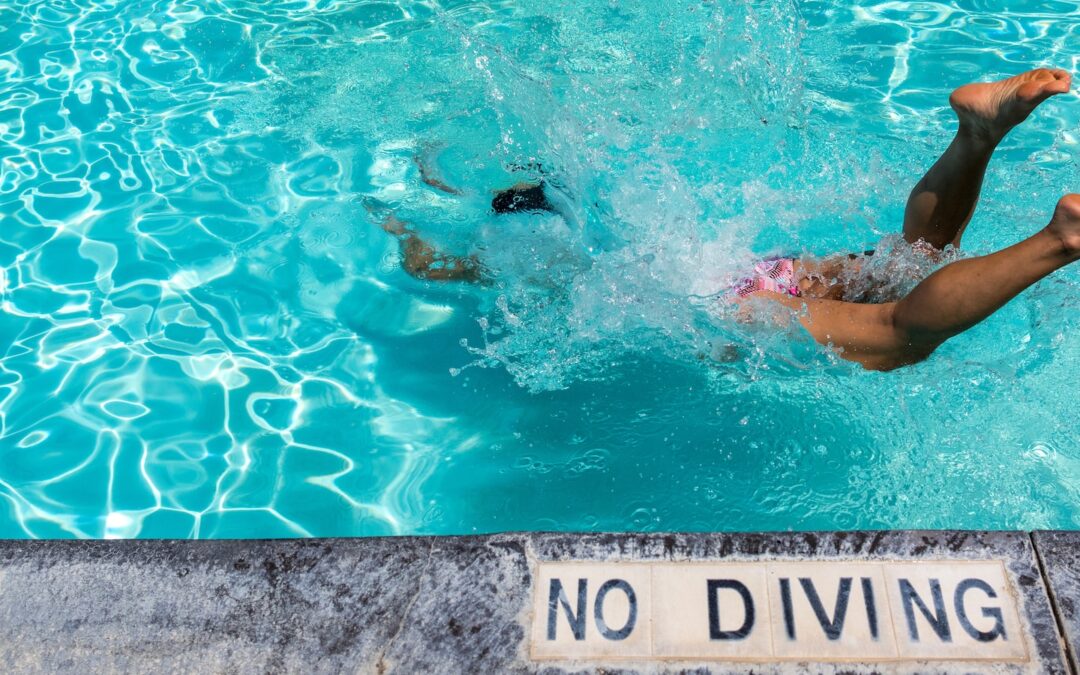Do wasps make you sneeze? Instead of worrying over these pesky insects, here are some things you should keep in mind if you ever get stung. Knowing what to do after a wasp sting can significantly reduce the severity of the symptoms. This article will cover tips on how to avoid wasp stings, how to identify a wasp sting, and steps you should take to treat and manage a wasp sting.
Avoiding Wasps
To avoid getting stung, it is important to recognize the places where wasps are likely to be and take steps to keep them away.
Stay Alert
The best way to avoid a wasp sting is to stay alert, particularly in warm weather and near sources of food. Wasps are attracted to sugary food and drink, so be careful when eating and drinking outdoors. Additionally, try to stay away from yellow and bright colors, as these may attract the insects.
Wear Protective Clothing
Wearing protective clothing outdoors might help to ward off wasps. It is important to cover up arms, legs, and feet and wear a hat that fully covers the head. Long-sleeved, light-colored clothing is the best choice, as it will help to keep wasps away from your skin.
Eliminate Sources of Wasps
The best way to avoid a wasp sting is to eliminate sources of wasps. Check for signs of wasps nesting in or around your home or garden, and take steps to remove the nest. If you don’t feel comfortable dealing with a wasps’ nest alone, hire a pest control professional for assistance.
Identifying a Wasp Sting
A wasp sting is a very different experience from that of a bee sting. Wasps are more aggressive and can sting multiple times, while bees typically sting only once. It is important to be able to identify a wasp sting by its symptoms, as this will help you to decide what action to take.
Pain and Burning
The pain of a wasp sting can range from mild to severe. It is usually accompanied by a burning sensation that can last up to a few hours. The area of the sting can become red, swollen, and itchy.
Possible Allergic Reaction
The more serious symptoms of a wasp sting may include an allergic reaction, such as hives, nausea, vomiting, dizziness, or difficulty breathing. If you experience any of these symptoms, you should seek medical help immediately.
Feel for a Stinger
The most obvious symptom of a wasp sting is the stinger itself. If you feel a sharp, painful pinch in the area of the sting, it is likely to be a wasp sting. Wasps can leave their stingers in the skin, but this is rare.
Treating and Managing a Wasp Sting
The steps you should take to treat and manage a wasp sting will depend on the severity of the symptoms. Here are some tips to help you get relief from a wasp sting.
Wash the Area of the Sting
The first step is to wash the area of the sting with soap and water. This will help to get rid of any dirt, bacteria, or venom that may have been introduced into the skin.
Apply Ice or a Cold Compress
Applying ice or a cold compress to the area will help to reduce the pain and swelling. It is important to wrap the ice or cold compress in a cloth before applying to the skin to avoid acitc damage.
Take an Anti-Inflammatory Medication
To reduce inflammation, take an over-the-counter anti-inflammatory medication, such as ibuprofen or acetaminophen. If the symptoms are severe or the pain persists for more than a few hours, consult a doctor for further instructions.
People Also Ask
How do you remove a wasp sting?
If the stinger is still in the skin, carefully scrape it off with a credit card or tweezers. Be sure to avoid squeezing the stinger, as this may cause more venom to be released.
How long does a wasp sting last?
The pain and swelling of a wasp sting usually last for one to three days. However, some people may experience swelling and itching for up to a week.
What happens if you get stung by a wasp?
The symptoms of a wasp sting can vary from mild to severe. Most people experience redness, swelling, pain, and itching. In some cases, an allergic reaction may occur, which can be life-threatening and require immediate medical attention.
Should I go to the hospital for a wasp sting?
If you experience severe symptoms, such as difficulty breathing, dizziness, or hives, seek medical help immediately. Otherwise, follow the steps outlined in this article to treat and manage a wasp sting.
Can you die from a wasp sting?
In rare cases, an allergic reaction to a wasp sting can be fatal. It is important to be aware of the signs of an allergic reaction and seek medical attention if any of these symptoms are present.
Final Words
Dealing with a wasp sting can be a difficult and scary experience, and it is important to know what steps to take to reduce the severity of the symptoms. To avoid a wasp sting or an allergic reaction, take steps to avoid wasps, such as wearing protective clothing and eliminating sources of wasps. Additionally, it is important to be familiar with the signs of a wasp sting, as this will help you to take the necessary actions to treat and manage the sting. Finally, if you experience severe symptoms, seek medical help immediately.

